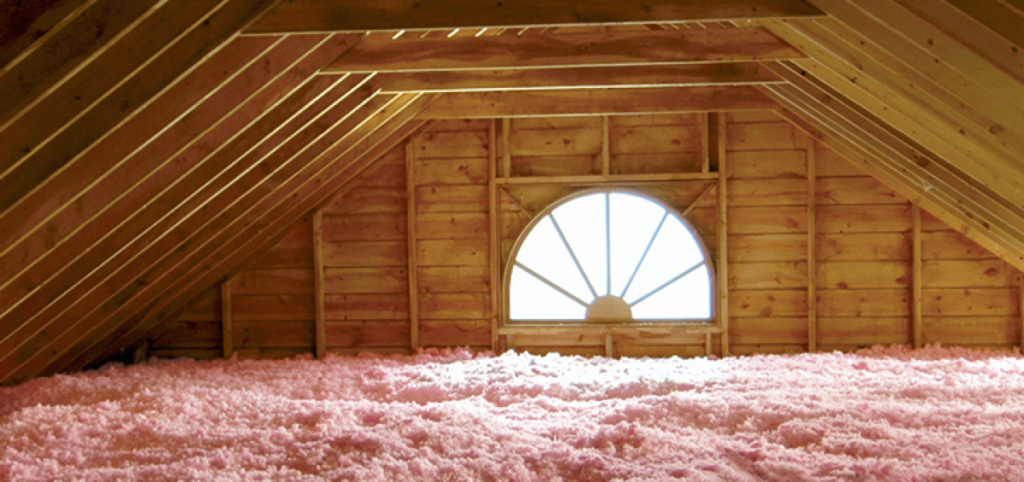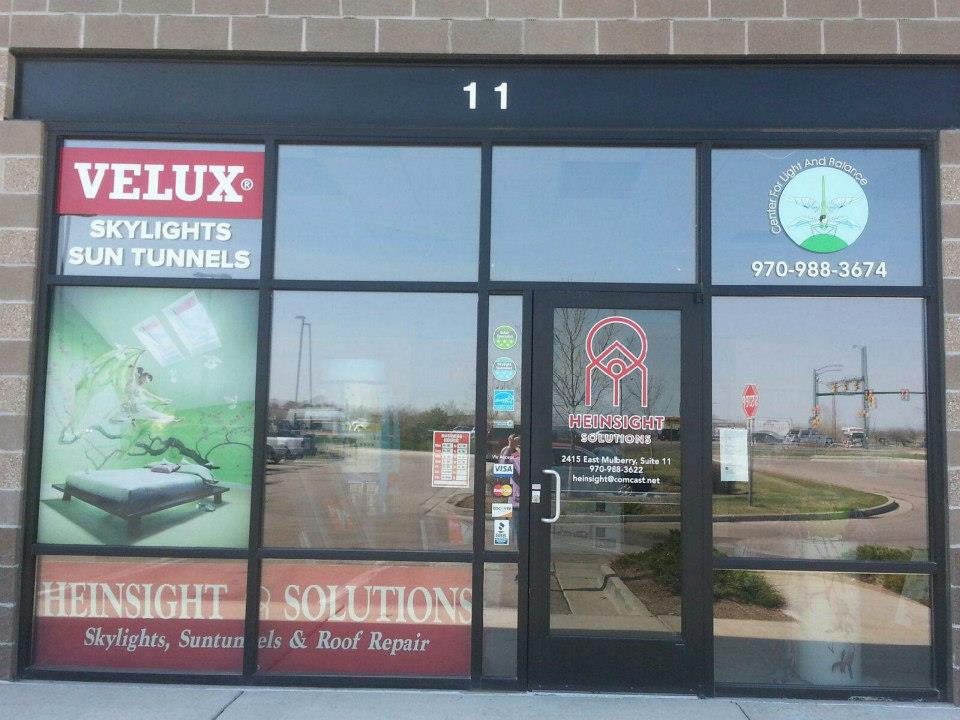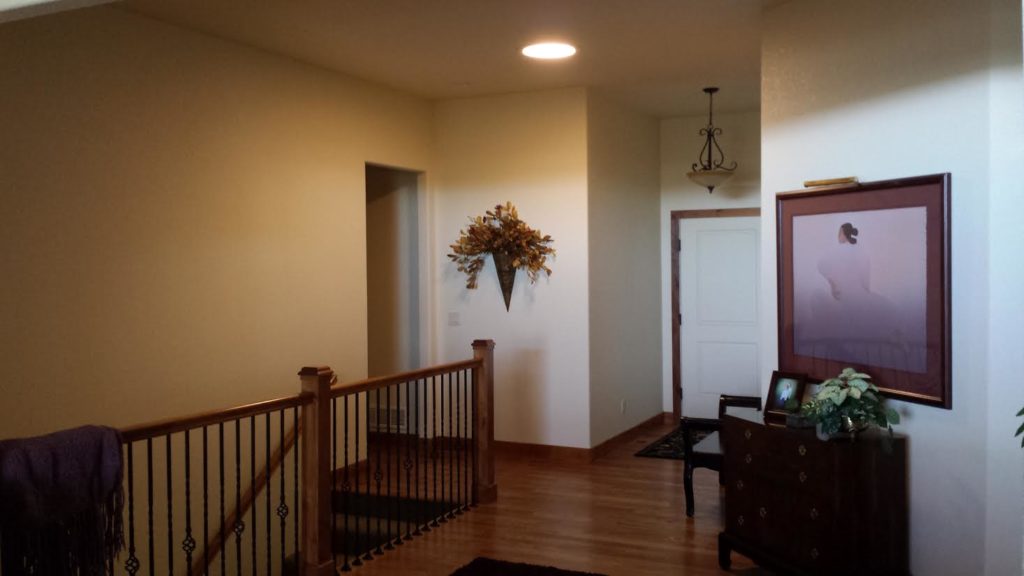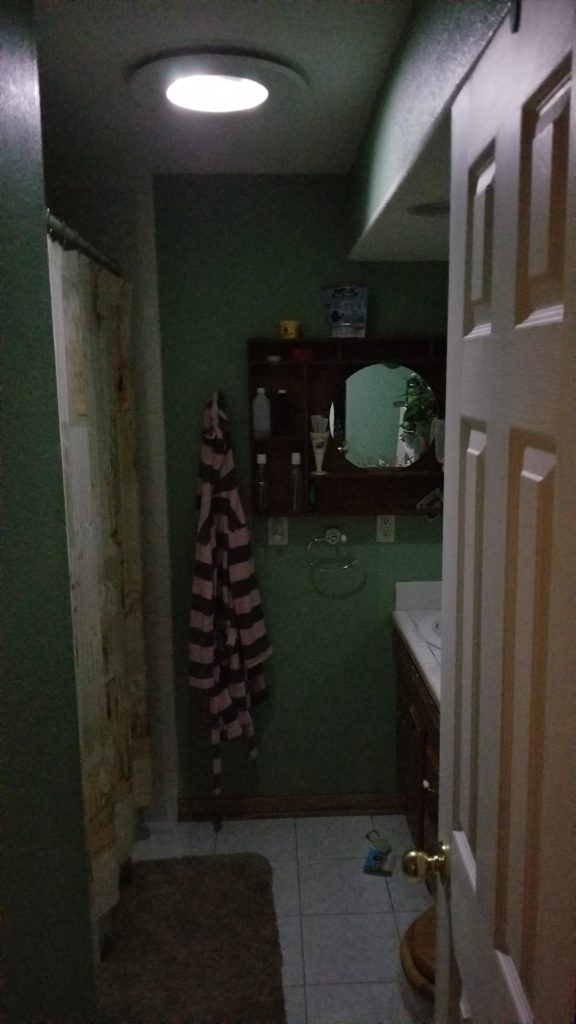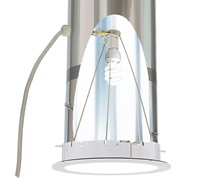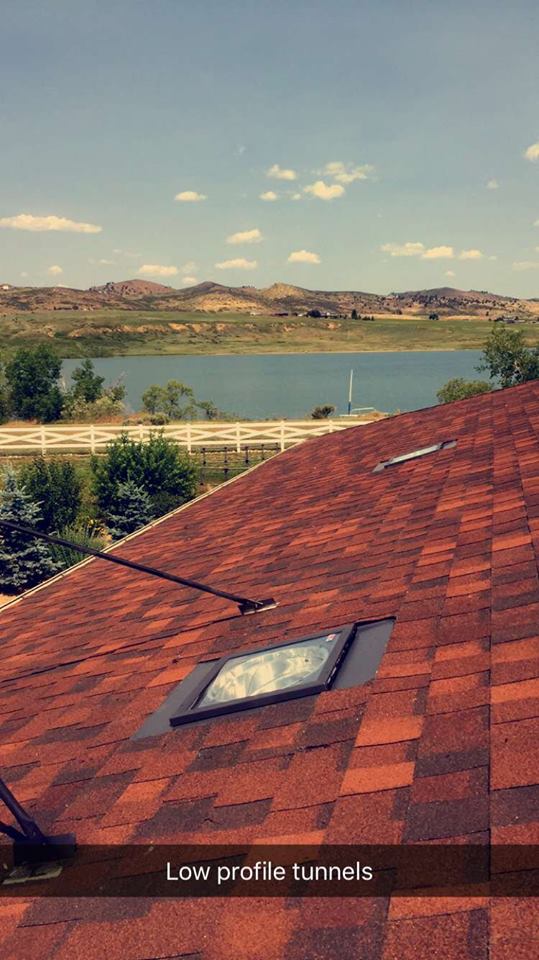7 Money-Saving Tips From Your Heinsight Solutions Team

When it comes to home improvement, nothing is free. Over the years, we have worked closely with homeowners to develop a system that helps save us time and helps them save some extra money during the project. Here is a list of money-saving recommendations from our team to your family!
- Save up! – It can be tempting throw money at a project whenever extra funds are available, but we encourage you to throw the money into savings instead, and wait until you can cover the whole project. This can help cut down on additional labor fees for travel costs, setup and teardown time, and product acquisition. Additionally, saving up can ensure that any financial emergencies that come up do not derail the entire project. Finally, completing the project all at once means you will not have to dig through several different warranties, if an issue were to arise in the future.
- Replace – Don’t Repair – Generally, repairing older products can appear to be the cheaper route. In the event that replacement parts are available, a repair option can look like a sweet deal! However, if your products are already out of warranty, replacement is usually the best long term solution.
- Buy in bulk – If you are considering a project which has multiples of the same product (skylights or Sun Tunnels, for example), discounts may be available to have them all installed at the same time. Contractors may offer discounts for multiple units, or even lower the labor costs slightly, since the equipment only needs to be set up once.
- Refer a friend – Once you have worked with a contractor that you like, it is always a good idea to keep their contact information on hand, in case you need work from them in the future. However, you can take this one step further by recommending a contractor to a family member or friend. Helping local businesses expand their community can do more than just generate good karma! Often, businesses will offer discounts on future work in exchange for referrals. Plus, your friends will thank you for sending them to a contractor that you trust!
- Co-create your estimates – Most contractors will do an estimate, prior to work being done. If you can keep your contractor informed on expectations you may have, it will help to eliminate surprises once the estimate arrives. For example, if you have a budget range in mind, a discount you would like to request, or if you have materials on site that could be used to complete the project, make sure to inform the contractor up front! This can save time, and ensure that no unnecessary materials or charges are included on your estimate.
- Buy from reputable brands – Getting a used product, or a cheaper brand may make you feel like you saved money. However, cheaper products can require additional maintenance and upkeep, and are more likely to need repairs sooner. Buying a high quality product that is a bit more expensive can save you the hassle and expense of future repairs. In addition, these products tend to come with better warranties, which means that if an issue develops in the future, it may already be covered
- Ask about incentives – Many home improvement projects come with rebates, incentives or credits that you can get after installation is complete. For example, from now until the end of 2019, all solar products qualify your project for a 30% federal tax credit. While we do our best to mention this to every customer, it doesn’t hurt to do your homework prior to starting your project to make sure you are getting your money’s worth!

